Want to run and heat your pool for less?
Check out energy saving tips for swimming pools
A swimming pool is a wonderful addition to any home. It’s a healthy outlet for exercise, and the perfect setting for friendly gatherings and get-togethers.
But owning a pool can be costly. From chemicals and filter replacements to energy use — it stacks up fast. So if there were ways to reduce your pool’s energy use and create an overall more efficient pool system in the process, wouldn’t you be interested?
If so, you’ve come to the right place. That’s what this post is all about.
Keep reading for some of the best energy saving tips for swimming pools. Some of which you can start trying out as soon as today.
9 Energy Saving Tips For Swimming Pools You Need To Know
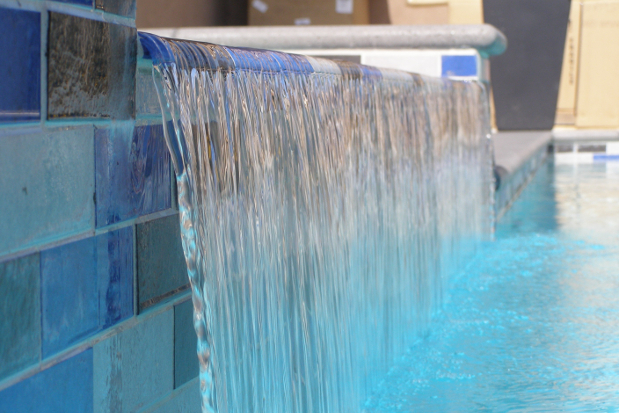


Maintain healthy water circulation
Circulation plays a huge role in your pool system, affecting everything from the cleanliness of your water to the clarity.
So if you want squeaky clean pool water, then having good circulation is a must. But don’t worry, it’s actually pretty easy. All it involves is understanding what affects circulation (or water flow).
Your pool’s circulation is affected by:
- How often you run your filter/pump
- The condition/cleanliness of your filter media
- How full your skimmer & pump baskets are
During swim season, run your filter system for at least 8 hours a day. This keeps your water moving, which greatly reduces contaminants and ensures optimal chemical distribution.
Of course, a dirty filter doesn’t help much when it comes to keeping your water clean. Not only does it put a strain on your system (more energy use) and reduce effectiveness, but it also increases PSI, slowing down water flow.
The best thing to do?
Always make an effort to clean your pool filter every few weeks. Here are some helpful resources on doing just that:
Cartridge pool filter cleaning & replacement
Sand pool filter cleaning & replacement
DE pool filter cleaning & replacement
Your skimmer/pump baskets work similar to your filter in the sense that a full or dirty one doesn’t do you much good. Make a habit of checking your baskets weekly and emptying them out as needed.
We might have just packed several energy saving tips for swimming pools packed into this one, but that’s because of how much they relate to this next tip.
[Curious to learn more about the science of water flow? Check out Circulation 101]
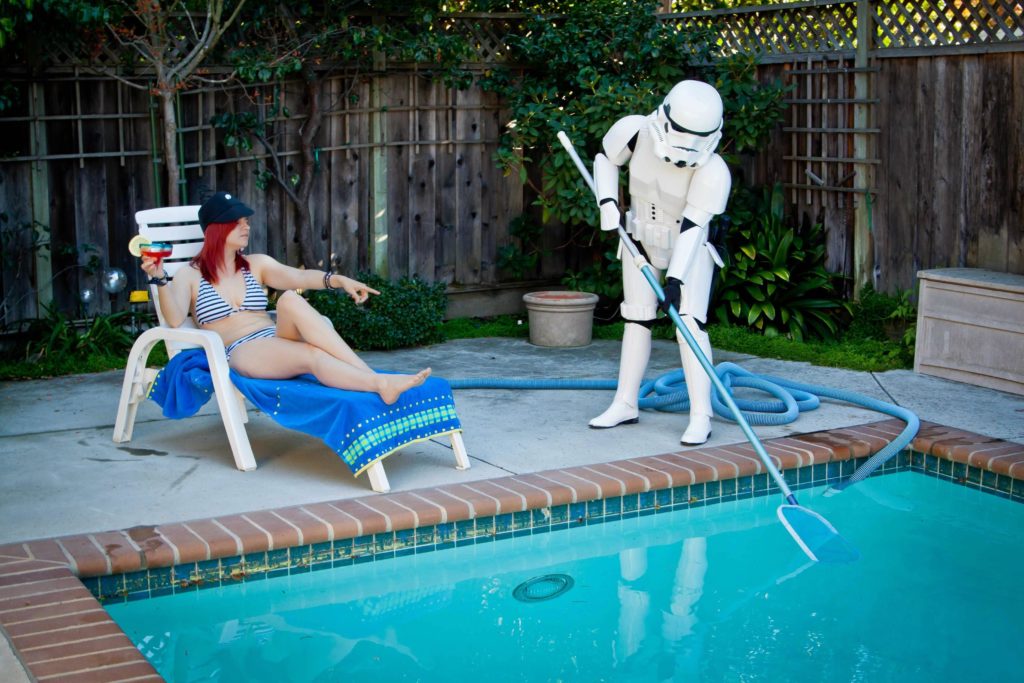


Keep your pool clean
Wait, what’s this doing in a post about energy saving tips for swimming pools?
We get it — pool maintenance isn’t fun, and some of us don’t have the time to keep up with it. But the thing is, spreading pool maintenance out into small, bite-sized tasks is MUCH easier than doing it all at once.
In fact, if you’re using a pool care schedule, not only will you spend less total time on pool maintenance, but you’ll save a bunch on chemical costs. Why? Because a clean pool uses up WAY fewer chemicals than a dirty pool.
With that said, it’s pretty easy to understand how keeping your pool clean affects its energy efficiency. A clean pool means good water flow, a dirty pool, quite the opposite. Better water flow means less strain on your pool equipment.
So start getting comfortable with the good ole brush and skimmer, and while you’re at it, check out these 8 powerful pool care tips.
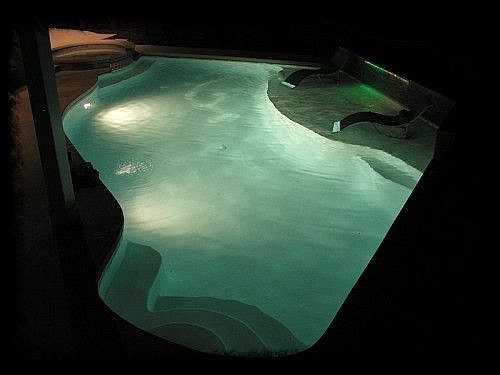


Run your pool pump less (and at night)
If you’re running your pump for more than 8 hours a day, then you have a quick and easy opportunity for energy savings at your disposal. This is because, truthfully, 8 hours of filtration is plenty for nearly all backyard swimming pools.
It’s enough time to distribute chemicals, filter out contaminants, and facilitate heat distribution.
Of course, there is one extra thing you can do to maximize energy efficiency. You can run your pump at night.
Why?
It’s all about avoiding peak energy use hours, which is when electrical companies charge the most to use electricity. This time frame spans throughout most of the morning and daytime.
The easiest way to avoid peak use hours is by running you pump at night instead. It’s a super easy switch to make that yields immediate savings.



Upgrade to a variable speed pool pump
What’s the difference between a single speed pump and a variable speed pump?
While one is continuously set to “FULL SPEED”, the other offers adjustable speed options for different conditions.
Yup, that simple. A single speed pump is set to a constant speed, always. Now, in some cases, this might be a good thing, especially if you have a solar heater system and need to run water up to your roof.
But single speed also means a consistent amount of energy use, with no real way to reduce it. And most of the time, as long as you’re keeping your pool clean, “full speed” is much more than needed.
In comes variable speed pool pumps, which feature multiple speed levels. This means you can set your pump to the lowest speed at night to maintain good filtration, then use the other speeds as needed when cleaning or heating.
The ability to control pump speed is the ability to control energy use. So naturally, it’s easy to see why this is a worthwhile upgrade.
[Thinking about making the switch? Here’s why you should use a variable speed pool pump]
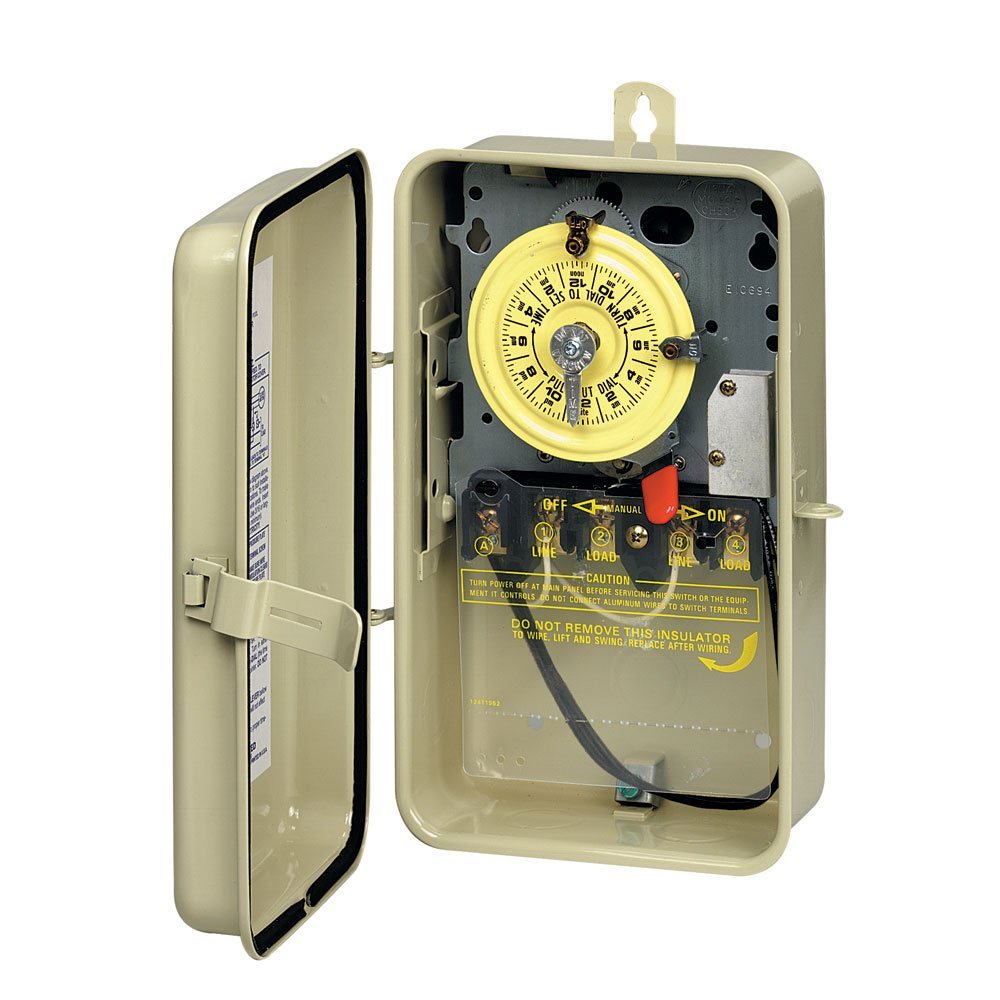


Use an Automatic Timer
Are you someone who’s out of the house most of the time? Or a person with a really packed schedule?
If you are, then you know that constantly being there to power your pool system on and off is a challenge. Heck, it’s near impossible sometimes, and you may even miss a day here and there.
Then what happens? You end up having to run the system twice as much just to make up for lost time.
But what if we told you there was an easier way?
Yup, it’s true. And it’s as simple as using an automatic timer.
This device is exactly what it sounds like — pool owners use automatic timers to easily manage their pool pump, and pool heater’s run time. Some automatic timers work based on water temperature, others on a schedule, and some a combination of both. (Learn more about automatic timers)
When the conditions are met, the automatic timer activates, applying power to your pool system. And all of this happens whether you’re there or not. Now that’s convenient.
Not only will you save time, but you’ll save energy by keeping your water adequately circulated.
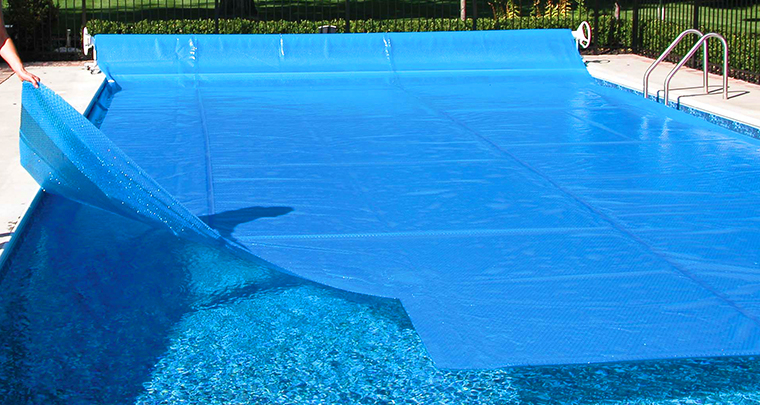


Reduce heat loss and evaporation
You know what makes your pool heater run much longer than it needs to?
Heat loss.
And guess what causes 75% of heat loss?
Evaporation.
Easiest solution: put a lid on it.
Your swimming pool that is. And not just any lid but a solar pool cover.
Solar pool covers reduce heat loss and evaporation with grace, and they’re easy to use. Plus they’re affordable, which is always nice in the pool world.
Wondering how they work?
The cover creates a barrier between the atmosphere and your water. A barrier that not only reduces evaporation rates drastically but also harnesses heat and solar energy. And better heat retention means less help needed from your pool heater, which lowers electrical use.
Starting to see how all these energy saving tips for swimming pools seem to have a stacking effect?
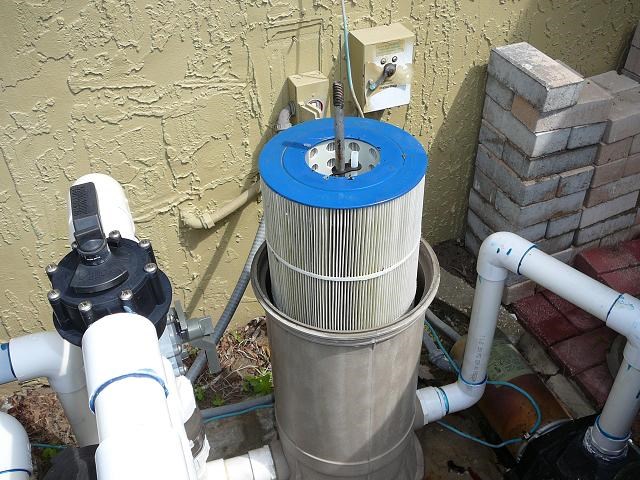


Use a cartridge pool filter
How does the type of filter I use affect energy use?
Although they all do an excellent job of keeping your water clean, each filter type has different filtering sensitivity. And that sensitivity range affects how much resistance each one creates for water flowing through. Finer filtering means more water flow resistance.
Out of all the filter types, cartridge filters offer the least resistance. And the more freely your water can flow through your filter, the less of a strain on your pump and the lower your energy use.
So if you already have a cartridge filter, you’re a step ahead. If you’re thinking about switching over, you can learn about all the filter types in our Pool Filter Comparison.



Use an energy-efficient pool heater
If you’re using a gas or electric resistance pool heater, consider switching to literally anything else. No, not because we have anything against them — they’re fast as heck and super reliable.
But right now, you’re reading a post about energy saving tips for swimming pools, so we have to steer you in the right direction. And when it comes to monthly heating costs, gas and electric resistance pool heaters are on the high end, by a large margin.
How high? Well, consider this:
Let’s say Jack and Jill pay around $50 to heat their pool for one month using a pool heat pump. The same amount of heating would cost upwards of $200 with a gas heater. What’s even crazier is that an electric resistance heater would be twice as much as gas.
Yikes!
Instead of burning your money, consider using a pool heat pump or solar heater, or even both of them together. By doing so, you can easily cut your monthly heating cost by half if not more.
So why delay?
[Curious to learn more? Check out How To Choose The Best Pool Heater]
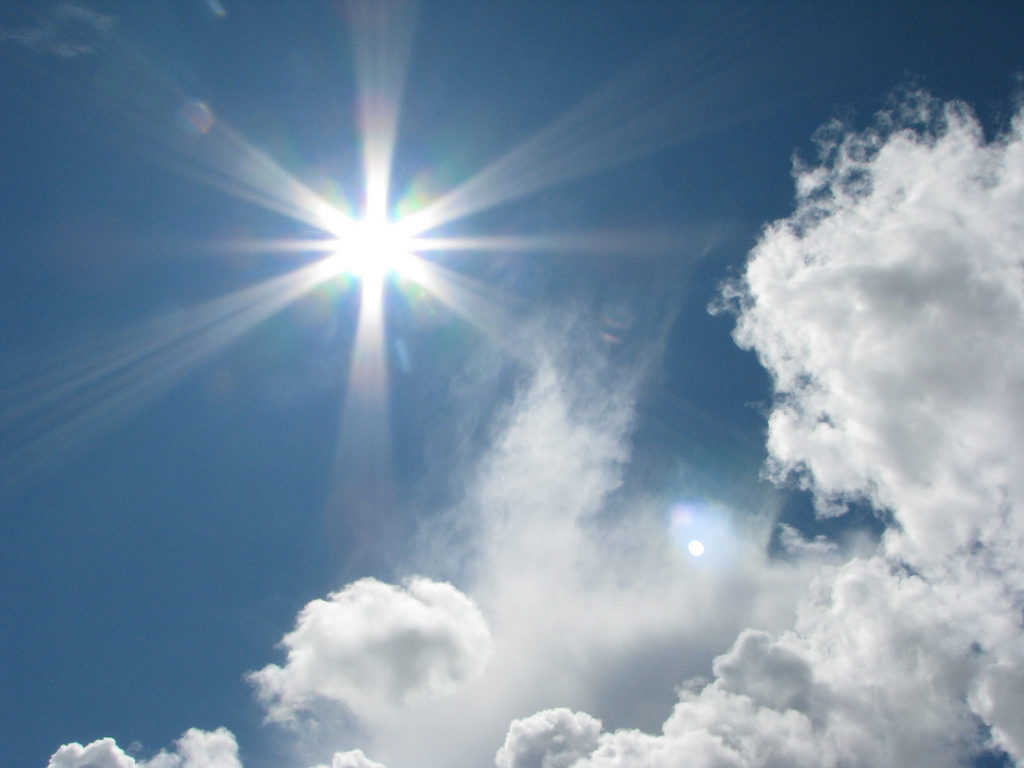


Take advantage of solar energy
Using a solar heater is obviously the most effective way to do this. But there are still plenty of other ways to reap the heating benefits of those solar rays. From liquid pool covers to solar rings and black garden hoses, the options are plentiful. Learn more about solar pool heating hacks in this post.


